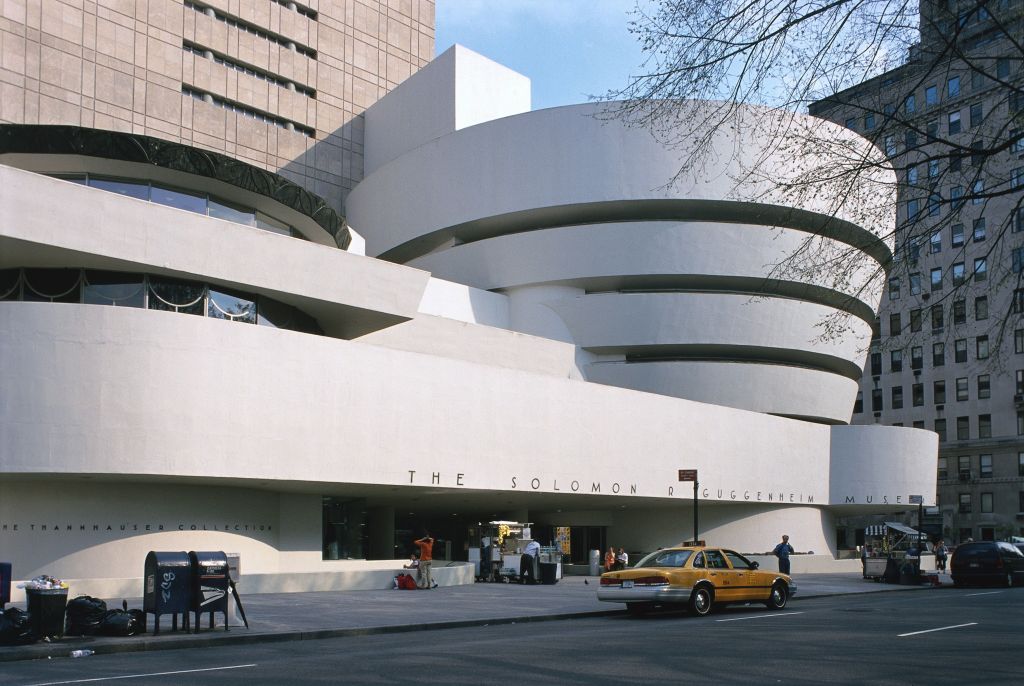[ad_1]
For weeks, freelancers and employees at Pace Gallery have received mixed messages about whether they would receive payment during the enterprise’s Covid-19 closure in New York. After telling ARTnews on Tuesday that it would continue to offer wages for as long as possible, the gallery quickly backtracked, informing its freelancers by email that all scheduled work would be canceled and rescheduled to a later date. Workers were also informed that the mega-gallery could soon start layoffs. When reached for comment for this article, a spokesperson for Pace maintained that “eligible freelancers will be compensated for work they were scheduled to undertake.”
Meanwhile, at the Guggenheim Museum uptown, on-call employees who cannot work remotely were recently informed that the museum would stop paying them at the end of March. An email from the museum’s human resources department began: “Your well-being is of primary importance to us and we realize that compensation issues are of great concern to our employees, most especially during this stressful and difficult time.” Then, an email from HR advised that one employee had come in contact with someone who had tested positive for the coronavirus—followed by another email that said the previous one was a false alarm—further exacerbating the sense of panic. (A Guggenheim representative confirmed that no one on staff had tested positive, but did not comment further.)
“This is a time of crisis,” one Guggenheim staff member told ARTnews, requesting anonymity for fear of retaliation. “If you want to be a respected leader in the art world, the morally right thing is to pay your employees.”
The lack of clarity at the Guggenheim and at Pace is not unique within the art world right now, as a revenue drain has forced museums, galleries, and auction houses to make tough decisions between keeping their staff on payroll or eliminating their positions to stay solvent. The unprecedented situation has created turbulence for arts organizations, many of which have spent the last year facing increased scrutiny over their finances and working conditions. Many art workers understand the difficulties of balancing a large business’s budget, but for those who are wondering how they will make ends meet to support their families during the pandemic, conflicting messages about pay from their employers have become maddening.
“Nobody knows what this all means,” said one Pace employee, expressing anxiety about paying off student loans and rent. “We don’t know anything, and the gallery has not been forthcoming about its plans. This is a multimillion-dollar company that is run like a family business. That has its benefits and its downfalls. Communication is one of its downfalls.”
How arts organizations are reacting to the coronavirus pandemic has become a testing ground for good faith between employers and their staff, and hundreds of contingent workers who help provide core functions like art handling, education, and visitor services, are quickly finding themselves without support. Many of those who spoke with ARTnews said that they had worked for their organizations for between 10 and 20 years. When layoffs happen, these workers find it hard not to take it personally.
“Many of us have worked countless hours for years at the Guggenheim, and this is how they treat us now?” said a freelancer at the museum who asked to remain anonymous.
Responses from cultural institutions to the coronavirus pandemic have differed vastly, indicating how varied the finances of different organizations in the industry can be. Earlier this week, the Tenement Museum announced that it had laid off 20 percent of its workforce after it stopped selling tickets, which typically account for 75 percent of the museum’s income. Other cultural institutions that are not so beholden to tourism revenues, including the Yerba Buena Center for the Arts in San Francisco, have publicly committed to paying all staff for as long as possible.
The Metropolitan Museum of Art has become a model of disclosure for other cultural organizations. When the museum first announced that it would temporarily close, staff were not immediately told how long they could expect to keep receiving wages. In a letter to employees yesterday, Met officials disclosed a three-phase emergency plan that would take the 250-year-old institution through October, if the coronavirus crisis persists, as it prepares for $100 million in losses. The museum said it was committed to paying all its employees, who are currently working from home, through April 4, as the institution considers possible scenarios involving layoffs, furloughs, and other measures.
Met employees, though disappointed by the news, were understanding, given the museum’s more elaborate disclosure of its financial situation. “I’m fine,” an employee of the membership and visitor experience department told ARTnews. “I expected as much, and am satisfied that they seem to be pretty open with their plans.”
[ad_2]
Source link


